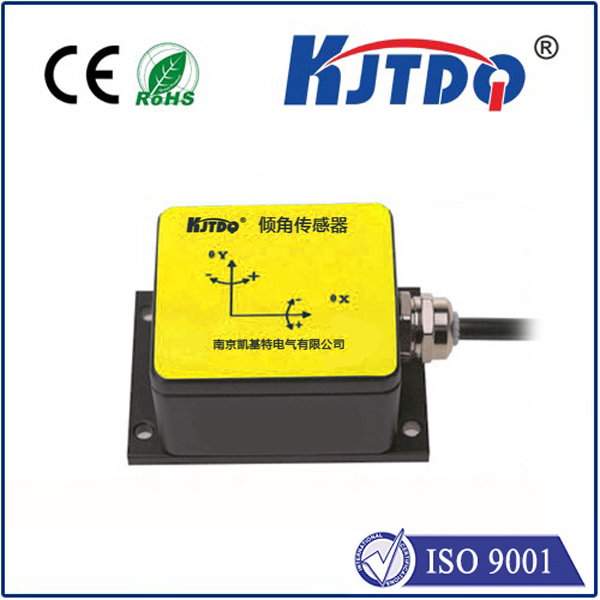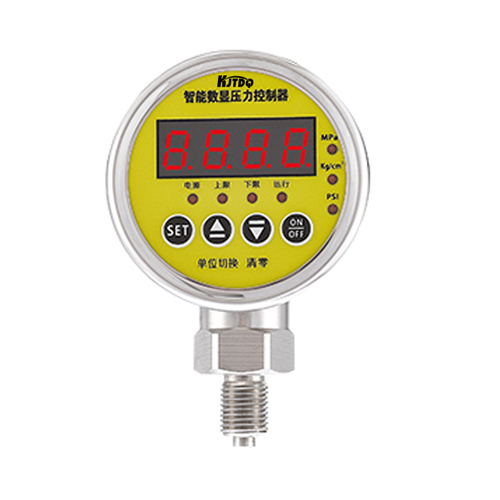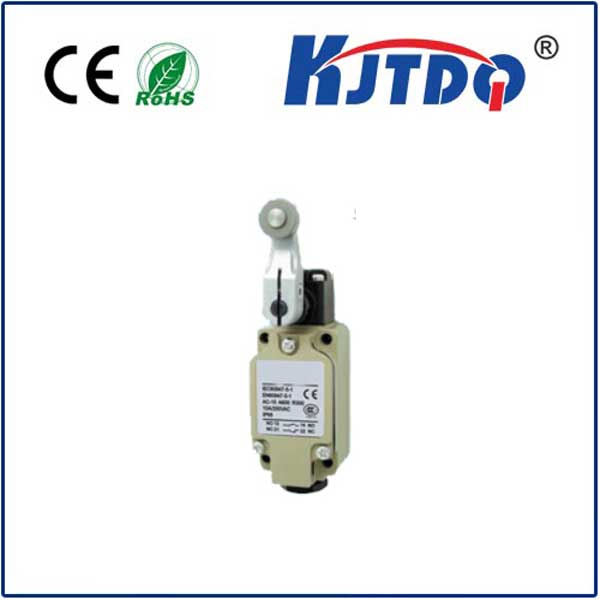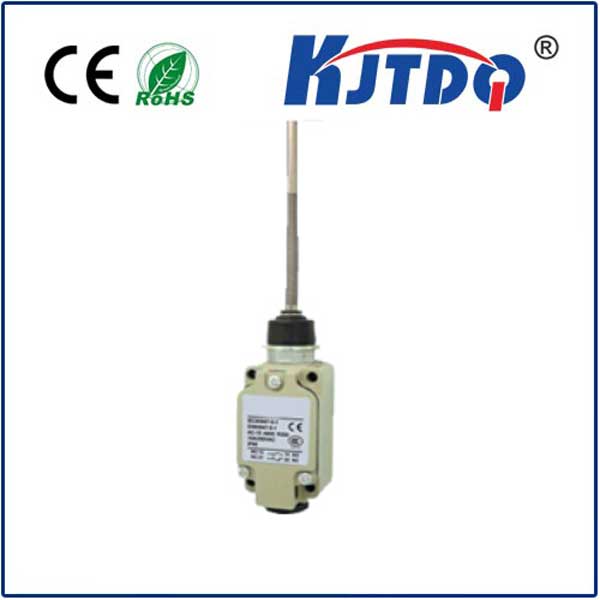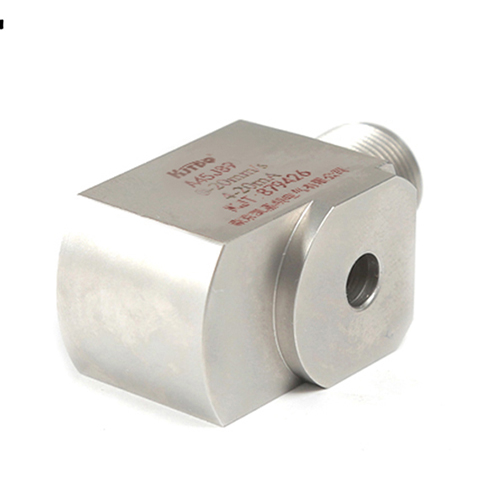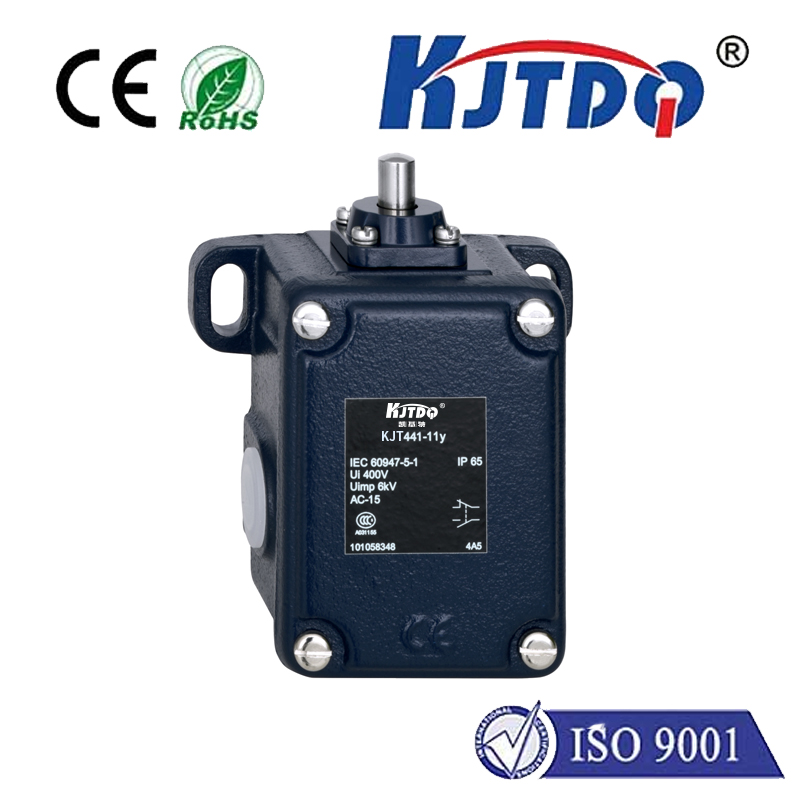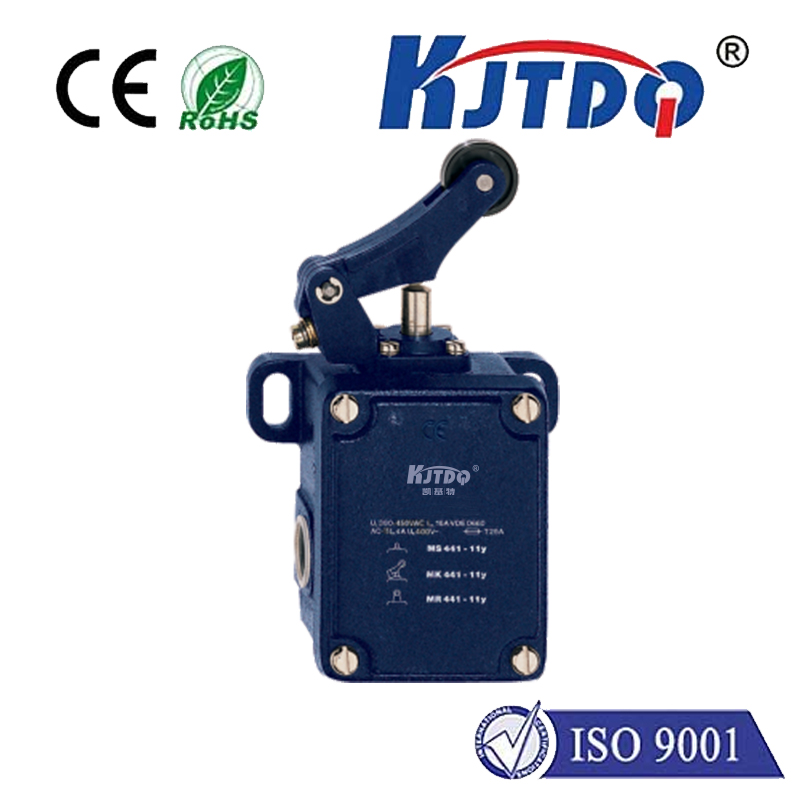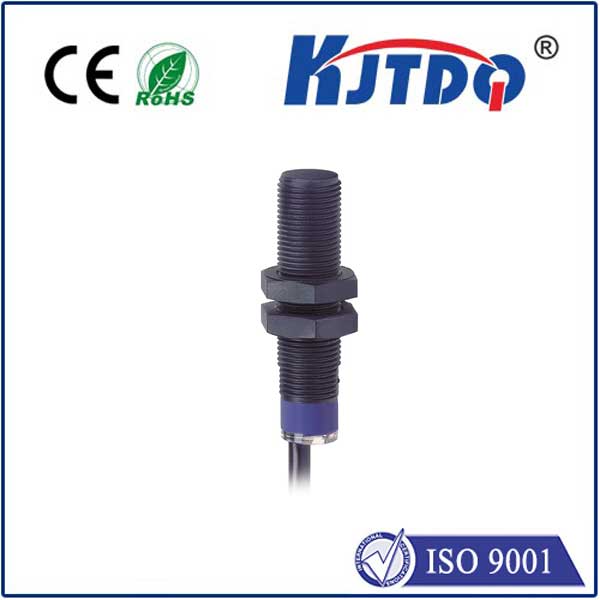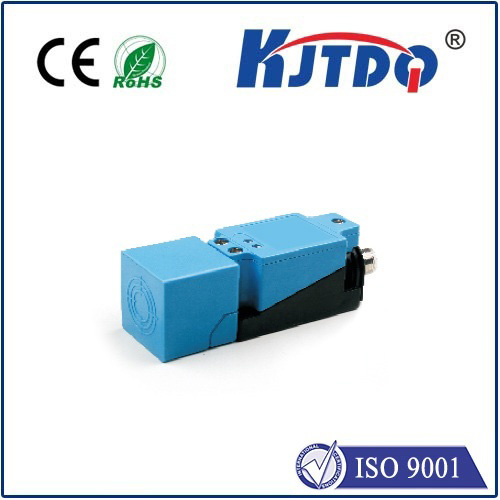touch proximity
- time:2025-06-26 03:24:26
- Click:0
Touch Proximity: Unlocking Intuitive User Experience Through Near-Field Sensing
Remember the satisfying clack of physical keyboards or the distinct click of a mouse button? Today, our primary interface is often a smooth, silent pane of glass. We tap, swipe, and pinch intuitively. But what if your device could anticipate your intent before you even make contact? This is the fascinating promise unlocked by understanding and optimizing Touch Proximity.
Touch Proximity Defined: Beyond Surface Contact
Touch proximity refers to the concept and technology enabling devices to detect the presence and distance of a finger, stylus, or conductive object near the touch-sensitive surface, not just upon physical contact. Think of it as the “aura” around your touchscreen. This capability is primarily achieved through sophisticated capacitive sensing systems, the same technology underpinning modern touchscreens, but pushed to a new level of sensitivity. Instead of merely detecting electrical changes caused by direct touch, these systems can sense the subtle distortion of an electromagnetic field created by a nearby conductive object. This allows the device to perceive objects hovering millimeters above the display or trackpad.
Why Touch Proximity Matters: More Than Just Cool Tech

Integrating touch proximity isn’t just a gimmick; it fundamentally enhances user interaction:
- Heightened Responsiveness & Anticipation: Devices can pre-load functions or subtly change interface elements as your finger approaches. Imagine a menu subtly highlighting options as your finger nears, or a keyboard key showing its enlarged character before you tap, leading to smoother, faster interactions. This perceived speed translates directly to better user experience.
- Enabling Sophisticated Gestures: Direct touch limits gestures to swipes and pinches on the surface. Touch proximity introduces the dimension of height. Hover detection, or sensing an object hovering above the screen, enables entirely new gesture paradigms. Think previewing content by hovering over a thumbnail, controlling volume by moving your finger vertically above the screen without touching, or accessing context menus via a hover-and-hold action. Gesture control leaps forward.
- Reduced Accidental Inputs: Ever brushed the screen with your palm while writing, causing chaos? Touch proximity sensors, often coupled with palm rejection algorithms, can detect that a large, flat object (your palm) is hovering or touching unintentionally, while actively tracking the finer point of your stylus. This is crucial for larger devices like tablets and convertible laptops.
- Power Efficiency & Intelligent Awakening: Why waste power constantly polling the full touch sensor? Devices using touch proximity can remain in a low-power state, activating the full touch capabilities only when a finger is detected nearby. This is especially valuable for battery-powered devices like smartphones and tablets, contributing to extended battery life.
- Accessibility & Novel Interfaces: For users with motor challenges, hover gestures activated by touch proximity can offer an alternative, potentially less demanding interaction method than precise tapping. It also opens doors for novel interfaces in areas like public kiosks or automotive infotainment systems, where minimizing direct contact might be desirable.
Real-World Applications: Where Touch Proximity Shines
The practical applications of touch proximity are rapidly expanding:
- Smartphones & Tablets: Feature previews (hover over an email subject), smarter palm rejection for note-taking, hover detection for stylus previews (like Apple Pencil hover), and efficient “wake-on-approach” features.
- Laptops & Trackpads: Modern trackpads use touch proximity to distinguish between intentional clicks and resting palms. Features like “three-finger drag” rely on sensing fingers hovering before initiating the action.
- Interactive Kiosks & Digital Signage: Detecting user approach can trigger welcome messages or content changes before interaction begins, creating a more engaging experience.
- Automotive Touchscreens: Reducing driver distraction is critical. Hover detection allows drivers to preview infotainment options with a glance as their finger nears the screen, potentially reducing the need for prolonged visual focus.
- IoT Devices & Appliances: Touchless controls or proximity-based activation (like automatically lighting up a control panel when hands approach) enhance hygiene and convenience in smart home environments.
The Technology Underneath: Capacitive Sensing at its Finest
The magic behind touch proximity lies in advanced capacitive sensing techniques. While basic capacitive touchscreens detect the change in capacitance when a finger directly touches the electrode, proximity sensing requires detecting the much smaller fringing field distortion caused by a finger nearby. This demands:
- Higher sensitivity electrodes and controllers.
- Sophisticated signal processing algorithms to filter noise and accurately translate minute capacitance changes into reliable distance measurements.
- Careful design to minimize interference and optimize the sensor’s field projection.
Challenges and Considerations
Implementing robust touch proximity isn’t without hurdles:
- Environmental Interference: Humidity, temperature changes, and electromagnetic noise can affect sensor accuracy.
- Power Consumption Balance: While enabling wake-on-proximity saves power, the proximity sensor circuitry itself consumes energy. Optimization is key for battery life.
- Complexity & Cost: Higher sensitivity hardware and advanced algorithms add complexity and cost compared to basic touchscreens.
- Calibration & Consistency: Ensuring consistent detection thresholds across different devices and users requires careful calibration and design.
- User Expectations: Introducing hover gestures requires intuitive design to ensure users discover and understand them effectively. Poor implementation can lead to confusion rather than delight. The ultimate goal is seamless integration where the technology feels like a natural extension of the user’s intent.
As capacitive sensing technology evolves, touch proximity capabilities will become more refined, affordable, and ubiquitous. It represents a significant step towards interfaces that are not just reactive, but perceptive, creating a more fluid, intuitive, and responsive connection between humans and their digital tools. The gap between intention and action narrows, paving the way for the next generation of truly interactive experiences.












